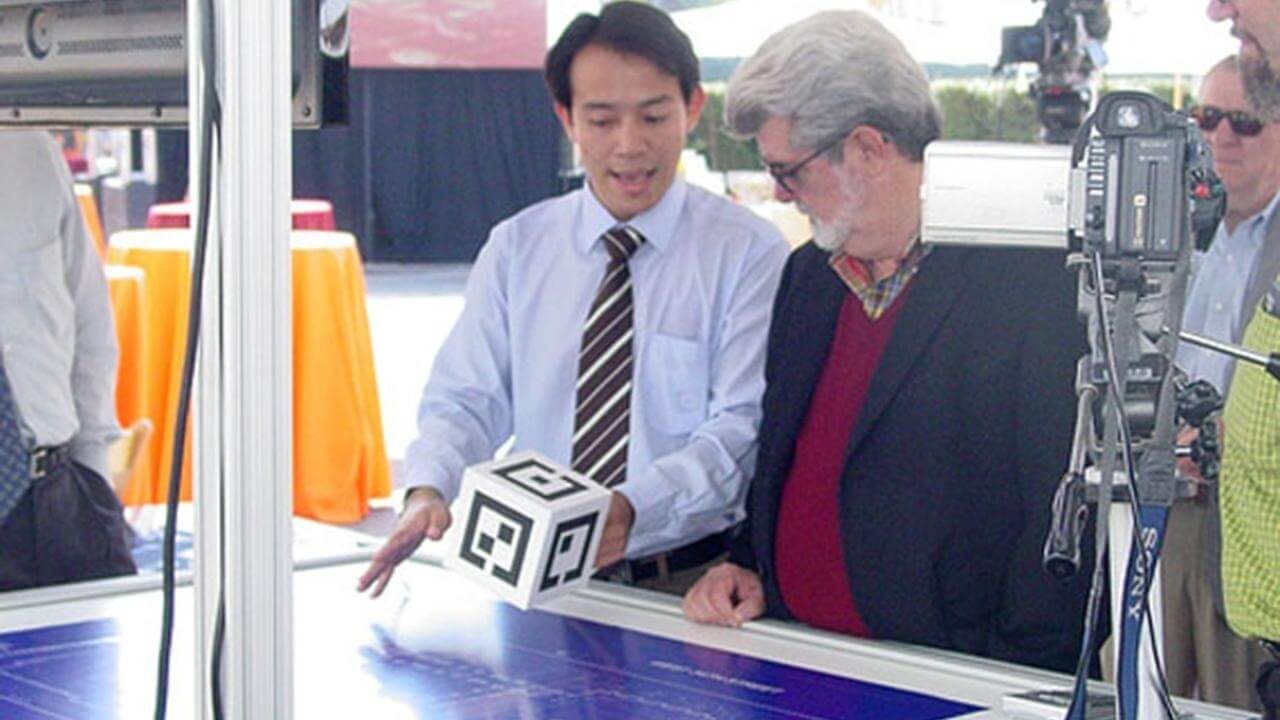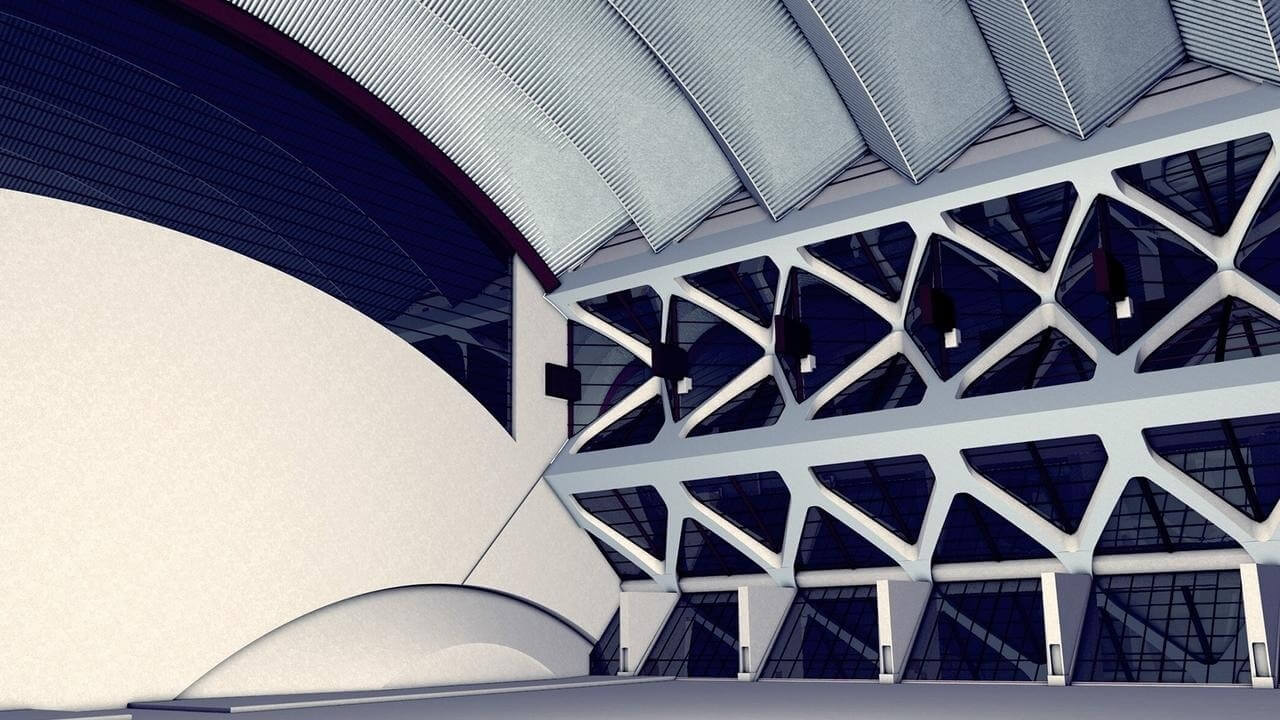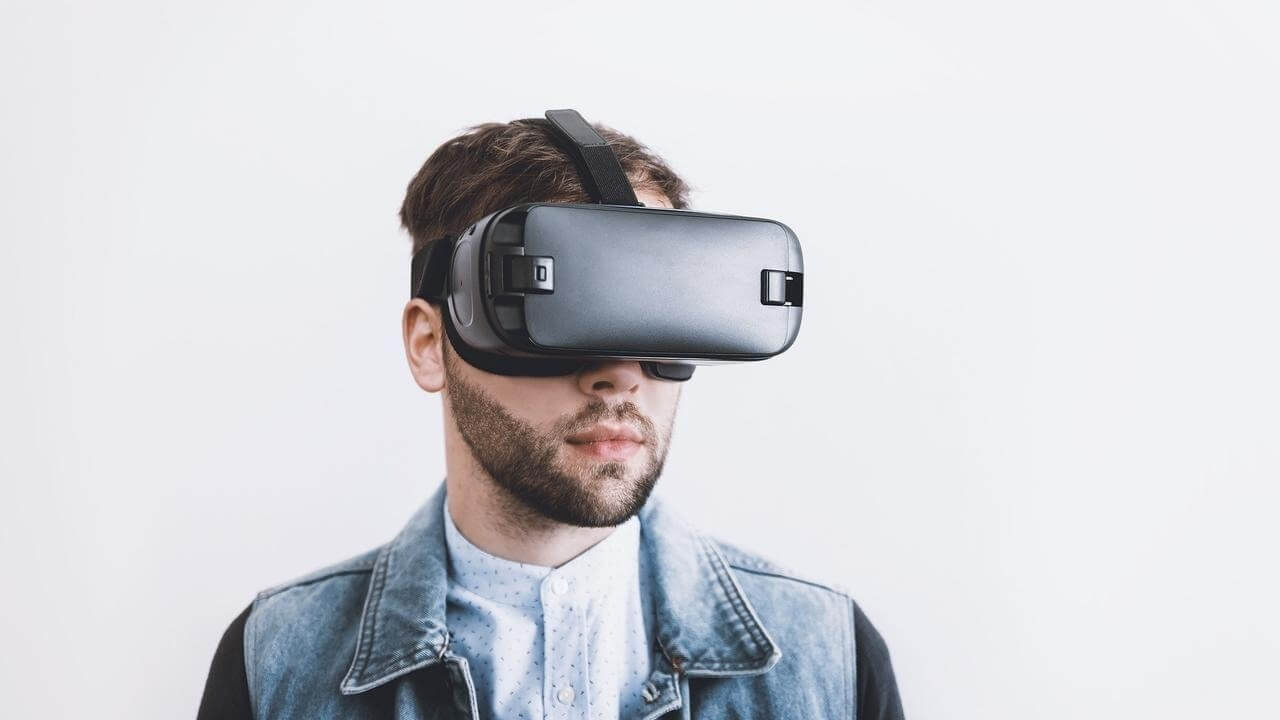Augmented reality and other virtual digital displays can revolutionize they way we interact within architectural spaces. When sitting in your office, experiencing a museum or simply learning in school, occupants already use digital media to carry out even the most basic of tasks. Just imagine what the evolution of augmented reality can do.
For starters, we can now see the beginning to how buildings can evolve internal “nervous systems”. Designers are beginning to think of “connections” in whole new ways.
Not only can spaces become less “local”, they can gain even greater dimension as real-time information gets processed through the building to provide visitors with a broader sense of where they are and what they can do.
You Are the Barometer
Similar to the glass evolution in architecture, real-time virtual “models” of information are making space less limited. Space is gaining transient abilities. It is becoming less static and more in tune with what its occupants really need and want.
Architects will need to act as the barometer for these augmented reality spaces — so virtual information can integrate and work with architectural form.
The key is to bring all of these emerging technologies back to the essence of human comfort: health, safety, happiness, productivity and so on. Without targeting the most basic of human needs, everything else could fall by the wayside.
Image Credit: © jericho1ne | Flickr






